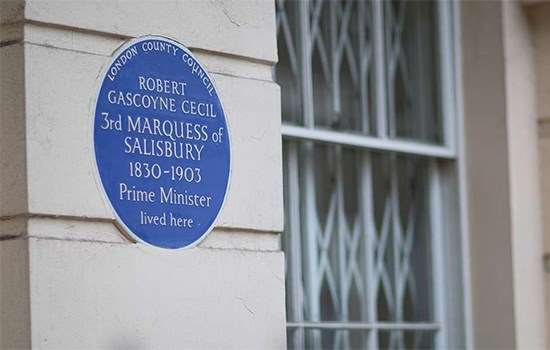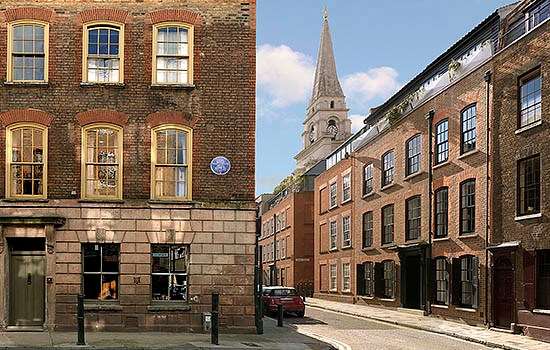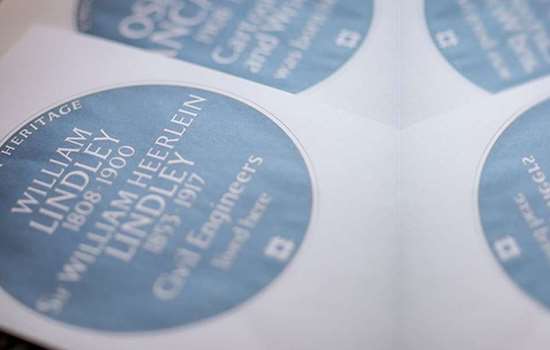Past Lives: George Orwell in London
It is more than 70 years since the novel 1984 was first published. Its author, George Orwell, is now commemorated with a blue plaque.
George Orwell is one of the select band of authors whose name has become an adjective – and the word ‘Orwellian’ applies to the totalitarian nightmare evoked in 1984.
He wrote most of the book while living on the Hebridean island of Jura, though the action happens in London – the chief city of Airstrip One, Oceania. One key landmark that inspired Orwell was the monumental white tower of University of London’s Senate House in Bloomsbury, the wartime headquarters of the Ministry of Information, and Orwell’s Ministry of Truth.
Orwell himself – real name Eric Blair – had spent most of the 1930s and much of the Second World War in London, living in a series of short-term lodgings in the area around Hampstead, then a far more arty and low-slung locale than it is today. His official blue plaque – put up by Greater London Council in 1980 – is at 50 Lawford Road, Kentish Town, where he lived on the first (and top) floor with the poet Michael Sayers and the critic Rayner Heppenstall from August 1935 to January 1936. When he left, it was to go on the voyage north into post-industrial decline that he later wrote up as The Road to Wigan Pier.
Orwell worked and slept in a large back room in this London house, and enjoyed the kind of love-hate relationship with his flatmate Heppenstall that anyone who has ever shared accommodation would recognise. It appears that Heppenstall’s failure to do his share of the washing-up was a particular point of contention.
When not doing someone else’s dirty dishes, Orwell found time to complete Keep the Aspidistra Flying – a novel that derived its title from the exceptionally hardy indoor plant that was a mainstay of middle-class homes from the Victorian era onwards. Its protagonist, Gordon Comstock, was a well-educated, idealistic young man with ‘a talent for writing’, whose family had once been well off but had fallen somewhat down the social ladder. Orwell did not look far for his model for Comstock, who had an aspidistra on his writing desk that valiantly resisted his attempts to kill it.
Thanks to its once-futuristic title, 1984 was widely assumed to be a prediction of what was coming (and regarding the ubiquity of screens, Orwell certainly scored a bullseye). But, just like Keep the Aspidistra Flying before it, it is essentially a work of social and political satire, from one of the sharpest commentators on England and the English.
Words by Howard Spencer
Illustration by Harry Tennant






